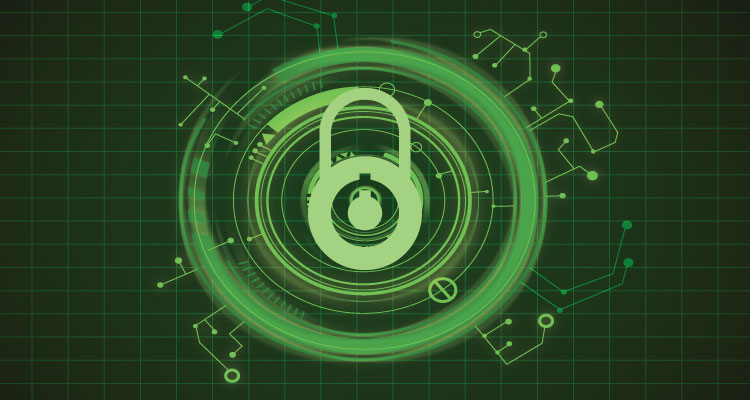At the recent LendIt USA conference in New York, experts from around the world gathered and spoke about a variety of topics. One topic that emerged as a front-and-center leader in financial technology advancement is Blockchain. Originally created as part of the cryptocurrency Bitcoin, Blockchain has come to the forefront as a powerful technology that can be implemented across the financial landscape.
Before it becomes something you have to deal with, it is best to take a few minutes to understand where Blockchain may be implemented and how it improves financial security and transaction processing. Blockchain offers many compelling benefits. Read on to understand how it works and why it is important for any individual or business in the coming years.
Table of Contents
ToggleWhat is Blockchain?
Blockchain is a financial technology originally designed as part of Bitcoin, a digital cryptocurrency available to buy and sell and make purchases, primarily online. Bitcoin is both an anonymous and secure currency. This has led it to be used for some illegal activity, most famously through Silk Road, a Craigslist like website that operates on difficult to access, anonymous parts of the internet.
While Bitcoin allowed Blockchain to be used for illegal purposes, sending money around the world with no way to trace it, it can also be used for many legal and legitimate purposes. Industry experts tout Blockchain as an option to improve stock market trading, banking, and other financial markets.
The Distributed Ledger
The core of Blockchain is a distributed ledger. Rather than keeping a record of every transaction on one computer network, all records are shared among a network of networks. Each participating network maintains a full copy of the ledger, so at any time any participant can find an asset quickly through any of those networks.
This infrastructure is built on a peer-to-peer technology where no central repository or company owns the data set. Instead, each participant is a shared owner. Each time a transaction takes place, the local ledger records it. Then, later on, the transaction is shared with all others using the shared ledger. This guarantees that multiple sites spread out in multiple locations all have a master ledger that can be used for transacting business.
While Bitcoin is the best known use of a live distributed ledger today, banks are investing heavily in this technology as the next step in digital banking. It is also currently being used by Everledger to track diamonds around the world. There are many potential applications for shared ledgers. Everything we are seeing today is just the beginning.
Near Instant Transaction Processing
While one may think that it takes longer for a transaction to take place with a distributed ledger, as the transaction has to be shared with multiple computer systems. However, that is the opposite of how it works. Because each financial institution would have a copy of the record, in the example of banking, you could hypothetically perform a transaction at any participating bank instantly.
If you go to another bank’s ATM today, you insert your card, request to make a withdrawal, and that bank must contact your bank to make sure you have enough funds in your account before dispensing the cash. If both banks used the same Blockchain ledger, the bank could dispense the funds instantly and tell your bank about it after without waiting for the approval to process. While this may only save you a few seconds each time you go to the ATM, over the entirety of the financial system, this could save a massive amount of time in aggregate.
Another, arguably more important, implementation could take place in the stock market and currency markets. Companies have spent billions of dollars building a fiber optic line over the North Pole connecting New York and London to save milliseconds when entering trades. In a world with distributed ledger transactions, those milliseconds become irrelevant when transactions can take place instantly and the transaction is recorded on all ledgers later on. While it seems like a small improvement, this is groundbreaking technology.
Unhackable Security
In a scenario out of a James Bond movie, hackers around the world are regularly trying to penetrate banking and other financial networks to syphon money into their own accounts. But with Blockchain, there is another obstacle standing in the bad guy’s way.
Even if a hacker is able to penetrate one network and attempts to steal funds, there are multiple redundant copies of the same ledger stored around the world. If one is tampered with, the others could be used as a backup to prove what funds actually belong in each account.
Of course, as with all digital systems there may be a point of weakness we don’t know about yet, but like with our current banking and financial technology infrastructure, those flaws can be patched, secured, and upgraded to ensure our financial records are as secure as they’ve ever been.
Get on the Blockchain Bandwagon
As you can see, Blockchain is emerging as something for much more than an obscure digital currency. While drug dealers and weapons smugglers were the pioneers in using Blockchain for Bitcoin transactions, it has a bright and legitimate future ahead. If your business is holding back, it may be time to get on the bandwagon. Blockchain will be a part of our daily lives faster than most people realize.














